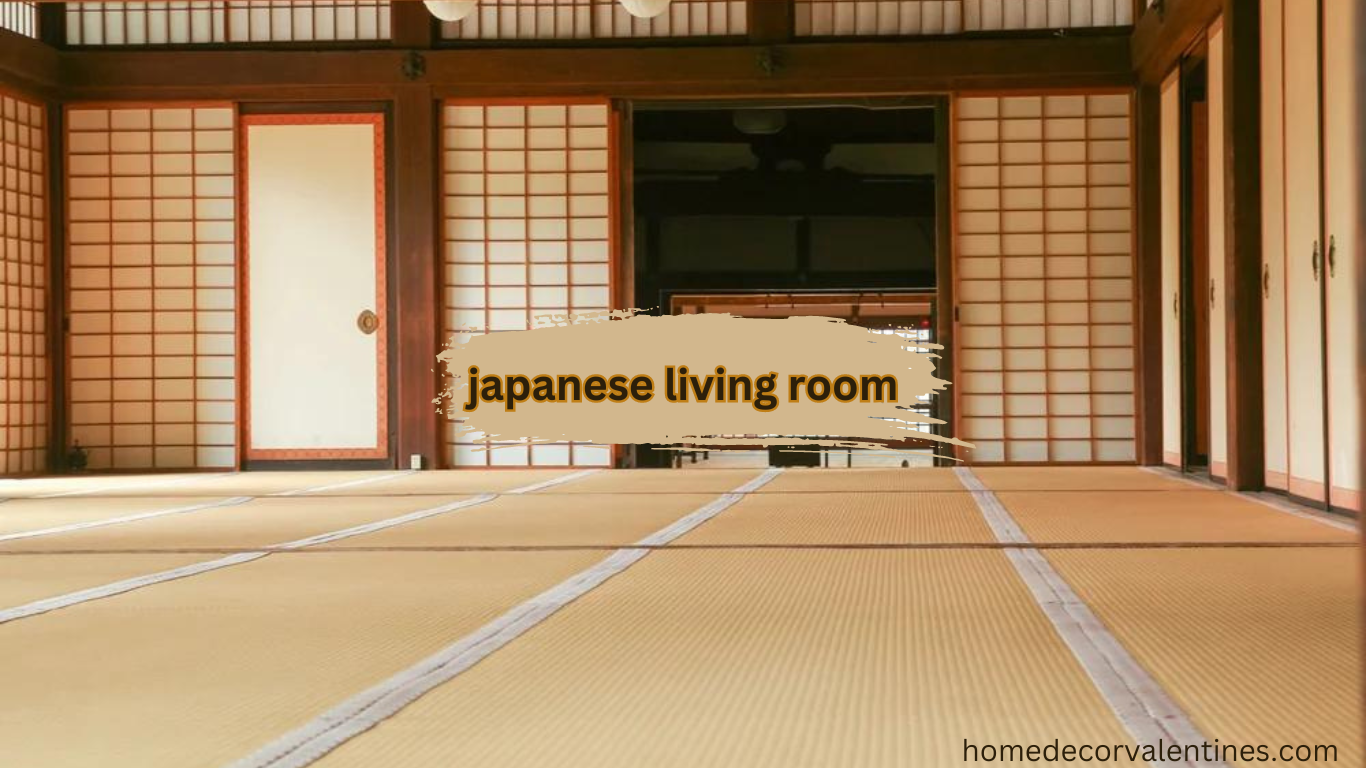Japanese Living Room: Best Tips and Inspiration
In recent years, the concept of a Japanese living room has gained significant popularity, especially among those who appreciate minimalist design and a tranquil living environment. Drawing inspiration from Japanese culture, these living spaces embody simplicity, functionality, and a deep connection with nature. Let’s delve into the key aspects of creating a Japanese living room that exudes serenity and harmony.
The Influence of Japanese Culture
Japanese culture has had a profound impact on interior design around the world. The principles of Zen philosophy, such as mindfulness, simplicity, and harmony, are reflected in Japanese living rooms. These spaces are designed to evoke a sense of peace and balance, promoting relaxation and well-being.
Key Elements of a Japanese Living Room
Central to a Japanese living room are traditional elements like tatami mats, which symbolize simplicity and closeness to nature. The key elements of a Japanese living room typically revolve around creating a serene and harmonious environment that reflects the principles of Japanese design and culture. Here are some essential elements commonly found in Japanese living rooms:
Tatami Mats
Traditionally, Japanese living rooms feature tatami mats made from woven straw. These mats not only provide a soft and comfortable flooring surface but also symbolize simplicity and closeness to nature.
Furniture
Japanese furniture tends to be low to the ground, such as tatami seating cushions or low wooden tables like chabudai. These pieces promote a sense of intimacy and encourage sitting close to the floor.
Natural Materials
Wood is a predominant material used in Japanese living rooms, often seen in furniture, flooring, and decor elements. Other natural materials like rice paper (used in shoji screens) and bamboo (for accessories and accents) are also common.
Minimalist Decor
Japanese design emphasizes minimalism, so the decor is usually kept simple and uncluttered. Less is more in a Japanese living room, with a focus on essential items that serve a purpose.
Shoji Screens
These sliding paper screens are iconic in Japanese architecture and are often used in living rooms to divide spaces, control natural light, and add a touch of elegance.
Nature-Inspired Accents
Incorporating elements from nature, such as bonsai trees, ikebana (flower arrangements), or artwork depicting natural scenes, brings a sense of tranquility and connection with the outdoors.
Lighting
Natural light is highly valued in Japanese design. Large windows, skylights, and strategically placed lamps or lanterns create a soft, diffused light that enhances the overall ambiance.
Incorporating Natural Elements
Natural elements play a crucial role in Japanese living rooms. From indoor plants that bring a touch of greenery to the use of natural light, these elements create a connection with the outdoors, fostering a sense of calmness and rejuvenation.
Embracing Simplicity and Functionality
Japanese living rooms prioritize simplicity in design without compromising functionality. Furniture pieces are streamlined and multifunctional, serving their purpose efficiently while maintaining an uncluttered look.
Color Palette and Lighting Choices
The color palette of a Japanese living room typically consists of neutral tones like white, beige, and earthy hues. This choice reflects a desire for serenity and creates a harmonious backdrop for natural materials. Lighting is also crucial, with an emphasis on soft, diffused light that mimics natural sunlight.
Decluttering and Organization Tips
To achieve a Japanese living room aesthetic, decluttering is essential. Minimalist storage solutions, such as built-in cabinets and hidden compartments, help maintain a tidy and organized space. Clearing surfaces of unnecessary items contributes to a sense of openness and tranquility. Here are some decluttering and organization tips specifically tailored for a Japanese living room:
Minimalist Approach
Embrace a minimalist mindset by focusing on keeping only essential items in the living room. Remove any unnecessary furniture, decor, or clutter that doesn’t serve a purpose or add value to the space.
Multi-Functional Furniture:
Opt for furniture pieces that serve multiple functions. For example, a low coffee table with built-in storage or a sofa with hidden compartments can help maximize space and reduce clutter.
Clear Surfaces:
Keep surfaces like coffee tables, shelves, and countertops clear of excessive items. Limit decorations to a few meaningful pieces that contribute to the overall aesthetic without overwhelming the space.
Smart Storage Solutions:
Invest in storage solutions that align with Japanese design principles. Utilize sliding doors, built-in cabinets, and wall-mounted shelves to create hidden storage areas for items like books, electronics, and other belongings.
Vertical Storage:
Make use of vertical space to maximize storage without taking up additional floor space. Wall-mounted shelves, floating cabinets, and tall bookcases can help keep belongings organized and easily accessible.
How to Create a Zen Atmosphere
Creating a Zen atmosphere in a Japanese living room involves mindful design choices. Incorporating elements like a low-slung table for tea ceremonies, shoji screens for privacy and light control, and floor cushions for seating enhances the overall ambiance of serenity and mindfulness.
Example of Inspired Japanese Living Room
Numerous examples showcase the beauty and functionality of Japanese living rooms. From traditional tatami-mat rooms to modern interpretations with minimalist furniture, these spaces inspire readers to embrace Japanese design principles in their own homes.
Conclusion
In conclusion, a Japanese living room embodies the essence of minimalist design, functionality, and a deep appreciation for nature. By incorporating traditional elements, embracing simplicity, and creating a Zen atmosphere, individuals can transform their living spaces into tranquil retreats that promote well-being and harmony.
Share this content:














Post Comment